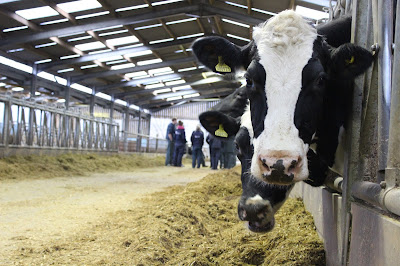Many parasites have complex lifecycles which depend upon specific climatic conditions. For instance, temperature and moisture determine development rates and survival. Farmers could once use this to their advantage as the predictable, seasonal weather patterns led to predictable, seasonal patterns of parasites. Reliable livestock husbandry practices therefore developed for parasite management. However, in recent years there have been changes in climate and less predictable weather patterns. Traditional management practices are often no longer effective as parasites are being found in unexpected regions and at unexpected times of year. What’s more, whilst other organisms are being put under threat by climate change, parasites are successfully evolving and adapting to these changes in environment due to their short reproductive cycles.
Predicting the risk of infection to parasites involves multiple areas of expertise. An in-depth knowledge of parasite characteristics is essential, and needs to be updated as they evolve. Accurate forecasts for climate are also needed to help predict which regions may have an environment suitable for the parasite and changes to its seasonality. An accurate forecast for weather (daily climatic conditions) is essential for certain parasites. Combining historical data with forecasts, knowledge of the parasite’s requirements for development and farm characteristics (such as altitude and orientation) within complex models gives precise information on infection risk and helps farmers to be one step ahead of the parasites. Technology is also aiding the rapid diagnosis of specific parasite infections to guide effective management practices.
There is still much to learn about parasites. The rapid changes to the environment, the livestock industry and the parasites themselves means that this is an area of work that will be ongoing for the foreseeable future. There is a huge need for collaboration between disciplines to not only develop the tools, but also to communicate their need and promote their use on farms. This barrier to technology uptake could be a bigger hurdle for scientists than technology development itself.




